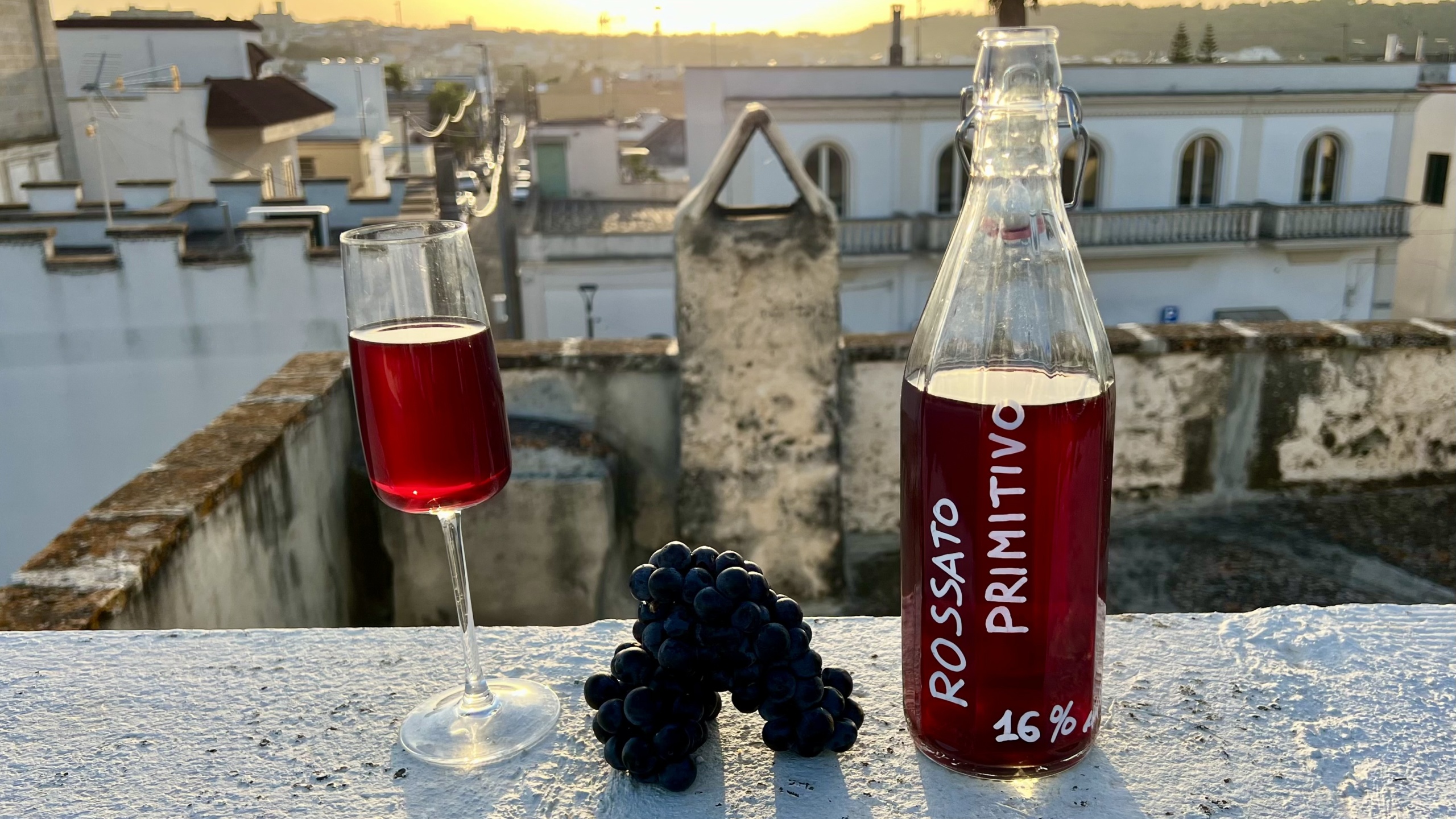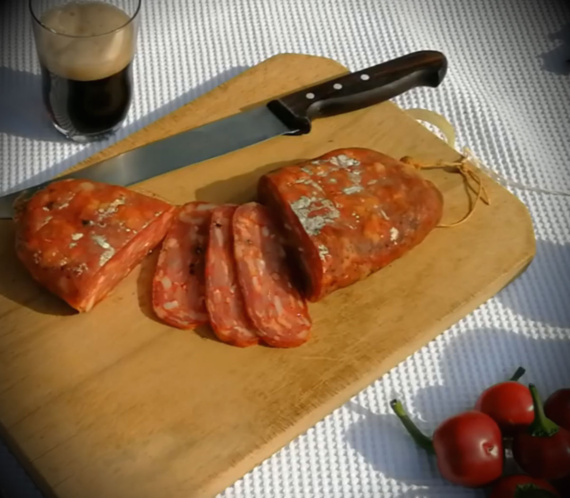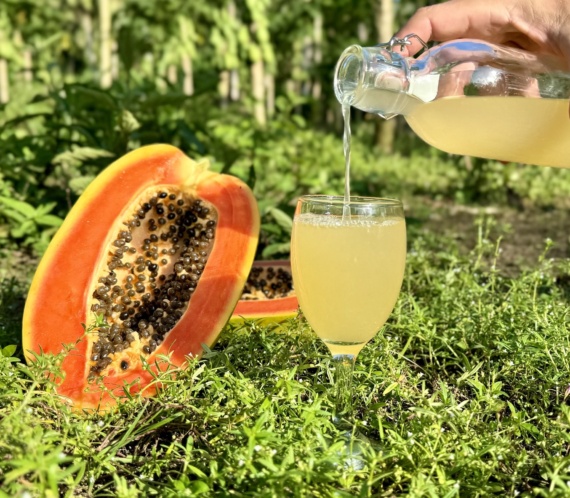Continuing my winemaking journey using Primitivo grapes, after showing you the harvest in Mimmo’s vineyard, the pressing and the beginning of fermentation, today let’s see how we can prepare homemade Rosé Wine.
INGREDIENTS
Just for making the video and for a few dinners with friends, I made 8 liters of Rosé Wine. If you want to make more, you just need to use more grapes.
PRIMITIVO GRAPES 12 kg
Sparkling Wine Yeast 2 tablespoons
INSTRUCTIONS
Before discussing the process, I want to mention that you can use any black wine grape available to you. Every region cultivates different types of grapes. In fact, years ago, I made homemade Rosé Wine ( you can watch the video on the channel ) using Dolcetto grapes since I was in Piedmont.
After harvesting the grapes, we put them in a vat and proceed to crush them. For quantities exceeding 10 kg, I recommend using your feet; I confess that it’s also very relaxing and funny.
Once all the grapes are crushed, it’s advisable to take a sample and check the color because with Primitivo grapes, instantly turned pink while I was crushing them, whereas with Dolcetto grapes, it took more time.
Once you’ve found the shade of pink you want for your Rosé Wine, you should transfer the grape must into the fermenter, add the yeast, and close the fermenter with a bubbler attached to the lid, inside the bubbler you can put any kind of liquor to act as a barrier against external agents.
With the grape pomace that remains, you can make fake red wine 😉 as demonstrated in the video below.
FERMENTATION
After a few hours, the fermentation started immediately.
After 24 hours, it was very active.
A week later, the fermentation slowed down. Since there was a lot of sediment at the bottom of the fermenter, I decided to transfer the wine to a second fermenter to eventually have a clearer wine.
At the same time, I checked the final density, that was 990, discovering that the Rosé Wine was ready. However, I left the wine in the fermenter for another week before proceeding to bottle it.
ROSE WINE BOTTLING
After one week of fermentation and one week of resting in the second fermenter, you can proceed to bottle the wine.
Since I like sparkling Rosé Wine, I added a bit of sugar to the bottles and let my wine re-ferment in the bottle.
I recommend adding the sugar directly to the bottle, not exceeding 10 g per liter.
Because it’s easier, I use single-serving packets, similar to those used in coffee shop. The weight of each packet is usually indicated on the packaging.
ROSÉ WINE TASTING
If you don’t want a sparkling Rosé Wine, you can drink it the same day. Otherwise, you’ll need to wait for the refermentation in the bottle, with the recommended temperature around 20°C – 70°F.
A minimum of 2 weeks of refermentation in the bottle is necessary. If you have the patience to wait 2 months, the result will be spectacular 😉
Please drink with moderation, especially if your homemade Rosé Wine reaches an alcohol content of 16%, as in my case. Spectacular! 🥳
If you need clarification, you can write to me directly on YouTube.




